A multi-length-scale computational analysis is used to carry out the design of polyurea for maximum shockwave-mitigation performance. The computational analysis involves a combined all-atom/coarse-grained molecular-level investigation of shockwave-propagation within polyurea and a finite-element analysis of direct quantification of the shockwave-mitigation capacity of this material as a function of its chemistry (or, more specifically, of its soft-segment molecular weight). The results obtained suggest that the approach employed can correctly identify the optimal chemistry of polyurea and, thus, be of great benefit in the efforts to develop new highly-efficient blastwave-protective materials, in a cost-effective manner.
1.
Introduction
Let $ V $ denote a finite dimensional representation of a finite group $ G $ over a field $ \mathbb{F} $ in characteristic $ p $ such that $ p\, |\, |G| $. Then, $ V $ is called a $ modular $ $ representation $. We choose a basis $\{ x_1, \ldots, x_n\} $ for the dual space $ V^* $. The action of $ G $ on $ V $ induces an action on $ V^* $ and it extends to an action by algebra automorphisms on the symmetric algebra $ S(V^*) $, which is equivalent to the polynomial ring
The ring of $ invariants $
is an $ \mathbb{F} $-subalgebra of $ \mathbb{F}[V] $. $ \mathbb{F}[V] $ as a graded ring has degree decomposition
and
for each $ d $. The group action preserves degree, so $ \mathbb{F}[V]_d $ is a finite dimensional $ \mathbb{F}G $-module. A classical problem is to determine the structure of $ \mathbb{F}[V]^G $, and the construction of generators of the invariant ring mainly relies on its Noether's bound, denoted by $ \beta(\mathbb{F}[V]^G) $, which is defined as follows:
The bound reduces the task of finding invariant generators to pure linear algebra. If char$ (\mathbb{F}) > |G| $, the famous "Noether bound" says that
Fleischmann [2] and Fogarty [3] generalized this result to all non-modular characteristic $ (|G|\in \mathbb{F}^*) $, with a much simplified proof by Benson. However, at first shown by Richman [4,5], in the modular case $ (|G| $ is divisible by char$ (\mathbb{F})) $, there is no bound that depends only on $ |G| $. Some results have implied that
It was conjectured by Kemper [6]. It was proved in the case when the ring of invariants is Gorenstein by Campbell et al. [7], then in the Cohen-Macaulay case by Broer [8]. Symonds [9] has established that
for any representation $ V $ of any group $ G $. This bound cannot be expected to be sharp in most cases. The Noether bound has been computed for every representation of $ C_p $ in Fleischmann et al. [10]. It is in fact $ 2p-3 $ for an indecomposable representation $ V $ with $ {\rm dim}(V) > 4 $. Also in Neusel and Sezer [11], an upper bound that applies to all indecomposable representations of $ C_{p^2} $ is obtained. This bound, as a polynomial in $ p $, is of degree two. Sezer [12] provides a bound for the degrees of the generators of the invariant ring of the regular representation of $ C_{p^r} $.
In the previous paper Zhang et al. [13], we extended the periodicity property of the symmetric algebra $ \mathbb{F}[V] $ to the case
if $ V $ is a direct sum of $ m $ indecomposable $ G $-modules such that the norm polynomials of the simple $ H $-modules are the power of the product of the basis elements of the dual. Now, $ H $ permutes the power of the basis elements of simple $ H $-modules, for example, $ H $ is a monomial group. For the cyclic group $ C_p $, the periodicity property and the proof of degree bounds mainly relies on the fact that the unique indecomposable projective $ \mathbb{F}C_p $-module $ V_p $ is isomorphic to the regular representation of $ C_p $. Then, every invariant in $ V_p^{C_p} $ is in the image of the transfer map (see Hughes and Kemper [14]). Inspired by this, with the assumption above, we find that every invariant in projective $ G $-modules is in the image of the transfer. In this paper, since the periodicity leads to degree bounds for the generators of the invariant ring, we show that $ \mathbb{F}[V]^G $ is generated by $ m $ norm polynomials together with homogeneous invariants of degree at most $ m|G|-{\rm dim}(V) $ and transfer invariants, which yields the well-known degree bound $ \rm dim $$ (V)\cdot(|G|-1) $. Moreover, we find that this bound gets less sharp as the dimensions of simple $ H $-modules increase, which is presented in the end of the paper.
2.
Preliminaries
2.1. Periodicity property
Let $ G = C_p \times H $ be a finite group, whose form is a direct sum of the cyclic group of order $ p $, $ C_p $, and a $ p^{\prime} $-group $ H $. Let $ \mathbb{F} $ be an algebraically closed field in characteristic $ p $. The complete set of indecomposable modules of $ C_p $ is well-known, which are exactly the Jordan blocks $ V_n $ of degree $ n $, for $ 1\leqslant n\leqslant p $, with 1's in the diagonal. Let Sim$ (H) $ be the complete set of non-isomorphic simple $ \mathbb{F}H $-modules. Since $ p\nmid |H| $, there is no difference between irreducibility and indecomposibility of $ \mathbb{F}H $-modules. Then, by Huppert and Blackburn [15, Chapter Ⅶ, Theorem 9.15], the $ \mathbb{F}G $-modules
form a complete set of non-isomorphic indecomposable $ \mathbb{F}G $-modules.
Notice that the $ \mathbb{F}H $-module $ W $ is simple if and only if $ W^* $ is simple, i.e., $ \forall\, 0\neq w\in W^* $, $ w $ generates $ W^* $ as an $ \mathbb{F}H $-module. For a fixed $ 0\neq w\in W^* $, let
and
be a basis of $ W^* $ with $ \dim(W^*) = k $. The norm polynomial
is an $ H $-invariant polynomial.
Lemma 2.1. ([13, Lemma 3.1]) Let $ W^* $ be a simple $ \mathbb{F}H $-module with a vector space basis $ \{w_1, w_2, \ldots, w_k\} $ as above. Then, the norm polynomial $ N^H(w_1) $ is of the form $ (w_1, w_2, \ldots, w_k)^lf $, where $ l\geqslant 1 $ and $ f $ is a polynomial in $ \mathbb{F}[w_1, w_2, \ldots, w_k] $ such that $ w_i\nmid f $ for $ 1 \leqslant i \leqslant k $.
Choose the triangular basis $\{ w_{11} $, $ w_{12} $, $ \ldots $, $ w_{1k} $, $ \ldots $, $ w_{n1} $, $ w_{n2} $, $ \ldots $, $ w_{nk} \}$ for $ (V_n\otimes W)^* $, where
such that
Then, we obtain
Then,
is a distinguished variable in $ (V_n\otimes W)^* $, which means that $ w $ generates the indecomposable $ \mathbb{F}G $-module $ (V_n\otimes W)^* $. If
in Lemma 2.1, then
and
Note that $ {\rm deg}_{w_{ni}}(N_n) = lp $ for $ 1\leqslant i\leqslant k $.
Example 2.1. Consider the monomial group $ M $ generated by
where $ \pi $ is a $ k $-rotation and $ \alpha_i $ are $ l $th roots of unity in $ \mathbb{C} $. $ M $ acts on the module $ V = \mathbb{C}^k $ and also on the symmetric algebra
in the standard basis vectors $ x_i $ of $ V^* $. Then $ \{x_1^l, \ldots, x_k^l\} $ is an $ M $-orbit and $ (x_1, \ldots, x_k)^l\in \mathbb{C}[V]^M $. For more details about degree bounds and Hilbert series of the invariant ring of monomial groups, it can be referred to Kemper [6] and Stanley [16].
Let $ \mathbb{F}[V_n\otimes W]^{\sharp} $ be the principal ideal of $ \mathbb{F}[V_n\otimes W] $ generated by $ N_n $. The set $\{ N_n \}$ is a Gr$ \rm \ddot{o} $bner basis for the ideal it generates. Then, we may divide any given $ f $ $ \in $ $ \mathbb{F}[V_n\otimes W] $ to obtain $ f $ $ = $ $ qN_n $ $ + $ $ r $ for some $ q $, $ r $ $ \in $ $ \mathbb{F}[V_n\otimes W] $ with $ \rm{deg} $$ _{w_{ni}}(r) $ $ < $ $ lp $ for at least one $ i $.
We define
Note that both $ \mathbb{F}[V_n\otimes W]^{\sharp} $ and $ \mathbb{F}[V_n\otimes W]^{\flat} $ are vector spaces and that as vector spaces,
Moreover, they are $ G $-stable. Therefore, we have the $ \mathbb{F}G $-module decomposition
Lemma 2.2. With the above notation, we have the $ \mathbb{F}G $-module direct sum decomposition
Proof. It is clear from the definitions of $ \mathbb{F}[V_n\otimes W]^{\sharp} $ and $ \mathbb{F}[V_n\otimes W]^{\flat} $. □
Lemma 2.3. ([13, Lemma 3.2]) The $ \mathbb{F}G $-module $ \mathbb{F}[V_n\otimes W]_d^{\flat} $ can be decomposed as a direct sum of indecomposable projective modules if the following conditions are satisfied:
$ 1) $ $ d+kn $ $ \geqslant $ $ lkp+1 $;
$ 2) $ $ N^H(w_1) = (w_1w_2\cdots w_k)^l $ for some basis $ \{w_1, w_2, \ldots, w_k\} $ of $ W^* $.
Theorem 2.1. ([13, Theorem 3.5]) Let $ G = C_p\times H $ be a finite group described above. Let
be an $ \mathbb{F}G $-module such that the norm polynomial of the simple $ H $-module $ W_i $ is the power of the product of the basis elements of the dual. $ V_{n_i} $ are indecomposable $ C_p $-modules. Let $ d_1, d_2\ldots, d_m $ be non-negative integers and write $ d_i $ $ = $ $ q_i(l_ik_ip) $ $ + $ $ r_i $, where $ 0 $ $ \leqslant $ $ r_i $ $ \leqslant $ $ l_ik_ip-1 $ for $ i = 1, 2, \ldots, m $. Then,
as $ \mathbb{F}G $-modules for some non-negative integers $ s_W $.
2.2. Dade's algorithm and homogeneous system of parameters
A set
of homogeneous polynomials is called a $ homogeneous $ $ system $ $ of $ $ parameters $ (in the sequel abbreviated by $ hsop $) if the $ f_i $ are algebraically independent over $ \mathbb{F} $ and $ \mathbb{F}[V]^G $ as an $ \mathbb{F}[f_1, f_2, \ldots, f_n] $-module is finitely generated. This implies $ n $ $ = $ dim$ (V) $.
The next lemma provides a criterion about systems of parameters.
Lemma 2.4. ([17, Proposition 5.3.7]) $ f_1, f_2, \ldots, f_n\in \mathbb{F}[z_1, z_2, \ldots, z_n] $ are an hsop if and only if for every field extension $ \overline{\mathbb{F}}\supset\mathbb{F} $ the variety
consists of the point $ (0, 0, \ldots, 0) $ alone.
With the previous lemma, Dade's algorithm provides an implicit method to obtain an hsop. We refer to Neusel and Smith [18, p. 99-100] for the description of the existence of Dade's bases when $ \mathbb{F} $ is infinite.
Lemma 2.5. ([18, Proposition 4.3.1]) Suppose $ \rho $: $ G\hookrightarrow {\rm GL}(n, \mathbb{F}) $ is a representation of a finite group $ G $ over a field $ \mathbb{F} $, and set $ V = \mathbb{F}^n $. Suppose that there is a basis $ z_1, z_2, \ldots, z_n $ for the dual representation $ V^* $ that satisfies the condition
Then the top Chern classes
of the orbits $ [z_1], \ldots, [z_n] $ of the basis elements are a system of parameters.
2.3. A degree bound in the non-modular case
An hsop exists in any invariant ring of a finite group, which is by no means uniquely determined. After an hsop has been chosen, it is important for subsequent computations to have an upper bound for the degrees of homogeneous generators of $ \mathbb{F}[V]^G $ as an $ \mathbb{F}[f_1, f_2, \ldots, f_n] $-module. In the non-modular case, $ \mathbb{F}[V]^G $ is a Cohen-Macaulay algebra. It means that for any chosen hsop $\{ f_1, f_2, \ldots, f_n \}$, there exists a set $ \{h_1, h_2, \ldots, h_s\} $ $ \subset $ $ \mathbb{F}[V]^G $ of homogeneous polynomials such that
where
Using Dade's construction to produce an hsop $ f_1, f_2, \ldots, f_n $ of $ \mathbb{F}[V]^G $, the following lemmas imply that in the non-modular case, $ \mathbb{F}[V]^G $ as $ \mathbb{F}[f_1, f_2, \ldots, f_n] $-module is generated by homogeneous polynomials of degree less than or equal to $ {\rm dim}(V)(|G|-1) $. This result is very helpful to consider the degree bound for $ G = C_p\times H $ in the modular case (see Corollary 2).
Lemma 2.6. ([16, Proposition 3.8]) Suppose $ \rho $: $ G\hookrightarrow {\rm GL}(n, \mathbb{F}) $ is a representation of a finite group $ G $ over a field $ \mathbb{F} $ whose characteristic is prime to the order of $ G $. Let
where $ \rm deg (fi)=di$,$deg
(h_j) = e_j $, $ 0 = e_1\leqslant e_2\leqslant \cdots e_s $. Let $ \mu $ be the least degree of a $ \rm det $$ ^{-1} $ relative invariant of $ G $. Then
Lemma 2.7. ([17, Proposition 6.8.5]) With the notations of the preceding lemma, then
with equality if and only if $ G\subseteq {\rm SL}(n, \mathbb{F}) $.
3.
Degree bounds for invariants
In this section, with the method of Hughes and Kemper [14], we proceed with the proof of degree bounds for the invariant ring.
Throughout this section, let $ G = C_p\times H $ be a direct sum of a cyclic group of prime order and a $ p^{\prime} $-group, $ V $ any $ \mathbb{F}G $-module with a decomposition
where $ W_i $'s are simple $ H $-modules satisfying that there is $ w_{i1}\in W_i^* $ such that
with $ k_i = \dim(W_i) $ and
Then $ \{w_{i1}^{l_i}, w_{i2}^{l_i}, \ldots, w_{ik_i}^{l_i}\} $ are $ H $-orbits.
Consider the $ Chern $ $ classes $ of
Set
Define classes $ c_s(O_i)\in\mathbb{F}[W_i]^H $, $ 1 \leqslant s \leqslant k_i $, the orbit $ Chern $ $ classes $ of the orbit $ O_i $.
Consider the twisted derivation
defined as $ \bigtriangleup = \sigma -Id $, where $ C_p $ is generated by $ \sigma $. For a basis $ x_1\ldots, x_{n_i} $ of $ V_{n_i}^* $ such that
and a basis $ y_1, \ldots, y_{k_i} $ of $ W_i^* $, $ \{x_s\otimes y_t \, |\, 1\leqslant s \leqslant n_i, 1\leqslant t \leqslant k_i\} $ is a basis of $ V_{n_i}^*\otimes W_i^* $. On the other hand, since $ x_{n_i} $ is a generator of indecomposable $ C_p $-module $ V_{n_i}^* $ and $ y_t, 1\leqslant t \leqslant k_i $, are all generators of simple $ H $-module $ W_i^* $, then
are all generators of the indecomposable $ G $-module $ V_{n_i}^*\otimes W_i^* $ such that
for $ 0\leqslant j\leqslant n_i-1 $. Since for $ \mathbb{F}G $-modules dual is commutative with direct sum and tensor product, hence
can be considered as a vector space basis for $ V^* $. Moreover,
is the norm polynomial of $ (V_{n_i}\otimes W_i)^* $. Therefore for the $ H $-orbits
we have
Notice that
is the top $ Chern $ $ class $ of the orbit $ B_i $.
Consider the transfer
defined as
Note that the transfer is an $ \mathbb{F}[V]^G $-module homomorphism. The homomorphism is surjective in the non-modular case, while the image of transfer is a proper ideal of $ \mathbb{F}[V]^G $ in the modular case.
Lemma 2.8. Let $ V $ be a projective $ \mathbb{F}G $-module, then $ V^G\subset {\rm ImTr^G} $.
Proof. Since $ V $ is projective, then it has a direct sum decomposition
as $ \mathbb{F}G $-modules for some non-negative integers $ s_W $. It is easy to see that
Since every invariant in $ V_p $ is a multiple of the sum over a basis which is permuted by $ C_p $ and $ W^H = {\rm ImTr}^H $, the claim is proved. □
The following result is mainly a consequence of Lemmas 2.2, 2.3 and 3.1.
Theorem 3.1. In the above setting, $ \mathbb{F}[V]^G $ is generated as a module over the subalgebra $ \mathbb{F}[N_1, N_2, \ldots, N_m] $ by homogeneous invariants of degree less than or equal to $ m|G| - {\rm dim}(V) $ and $ \rm Tr G
(\mathbb{F}[V]) $.
Proof. Let $ M\subseteq\mathbb{F}[V]^G $ be the $ \mathbb{F}[N_1, N_2, \ldots, N_m] $-module generated by all homogeneous invariants of degree less than or equal to $ m|G| - {\rm dim}(V) $ and $ \rm Tr G
(\mathbb{F}[V]) $. We will prove $ \mathbb{F}[V]^G_d\subseteq M $ by induction on $ d $. So we can assume $ d > m|G| - {\rm dim}(V) $. By Lemma 2.2, there is a direct sum decomposition of $ \mathbb{F}[V] $ as $ \mathbb{F}G $-module
with $ \overline{I} = \{1, 2, \ldots, m\}\setminus I $. Therefore, any $ f\in \mathbb{F}[V]^G_d $ can be written as
and
where $ q_i, r_i $ are non-negative integers. For $ I\neq \emptyset $, $ f_I $ lies in $ M $ by the induction hypothesis. For $ I = \emptyset $, there is an $ i $ such that $ r_i > |G|-k_in_i $ for each summand $ \otimes_{i\in \overline{I}} \mathbb{F}[V_{n_i}\otimes W_i]^{\flat}_{r_i} $, since otherwise one would have
which contradicts the hypothesis. By Lemma 2.3, $ \mathbb{F}[V_{n_i}\otimes W_i]_{r_i}^{\flat} $ is projective if
and so by Alperin [19, Lemma 7.4] the summand $ \otimes_{i\in \overline{I}} \mathbb{F}[V_{n_i}\otimes W_i]^{\flat}_{r_i} $ is projective. Then every invariant in it is in the image of transfer by Lemma 3.1. □
Corollary 3.1. Let $ G = C_p\times H $ be a finite group, where $ H $ is a cyclic group such that $ p\nmid |H| $,
a module over $ \mathbb{F}G $ such that $ W_i $'s are permutation modules over $ \mathbb{F}H $. Then $ \rm dim $$ (W_i) = |H| $ and $ \mathbb{F}[V]^G $ is generated by $ N_1, N_2, \ldots, N_m $ together with homogeneous invariants of degree less than or equal to $ \sum_{i = 1}^{m}|H|(p-n_i) $ and transfer invariants. Moreover, if
such that $ W_i $'s are permutation modules over $ \mathbb{F}H $, then $ \mathbb{F}[V]^G $ is generated by $ N_1, N_2, \ldots, N_m $ together with transfer invariants.
Corollary 3.2. Let $ G = C_p\times H $ be a finite group,
be a finite-dimensional vector space in the setting of the beginning of this section. Assume that $ \mathbb{F} $ is an infinite field. We have
Proof. Let $ z_{i1}, z_{i2}, \ldots, z_{ik_i} $ be distinguished variables such that
are the norm polynomials of $ V_{n_i}\otimes W_i $ for $ 1 \leqslant i \leqslant m $. Let
be $ H $-orbits. We use Dade's algorithm to extend the set
to an hsop for $ \mathbb{F}[V]^G $ in the following way. We extend the sequence
in $ V^* $ by vectors $ v_{k_1+\cdots+k_m+1}, v_{k_1+\cdots+k_m+2}, \ldots, v_{{\rm dim}(V)} $ such that
for all
and set
for
Applying Lemmas 2.4 and 2.5, we see that $ N^{C_p}(c_s(B_i)) $, $ 1\leqslant s\leqslant k_i, 1\leqslant i\leqslant m $, together with $ f_{k_1+k_2+\cdots+k_m+1}, \ldots, f_{{\rm dim}(V)} $ form an hsop of $ \mathbb{F}[V]^G $ since their common zero in $ \overline{\mathbb{F}}^{{\rm dim}(V)} $ is the origin. Let $ A $ denote the polynomial algebra generated by the elements of this hsop. Since $ \mathbb{F}[V] $ as an $ \mathbb{F}[V]^G $-module is finitely generated, then we have that $ \mathbb{F}[V] $ is a finitely generated $ A $-module. View $ \mathbb{F}[V] $ as the invariant ring of the trivial group. By Lemma 2.7 the upper degree bound of module generators satisfies that
Since the transfer preserves the degree of polynomials and it is clear that
we conclude from Theorem 3.1 that the upper degree bound of module generators of $ \mathbb{F}[V]^G $ as an $ A $-module satisfies that
Note that we have assumed that $ |G|\geqslant p $ and $ \dim(V_{n_i}\otimes W_i) > 1 $. Since
we obtain
which completes the proof. □
Remark 3.1. The proof of the previous corollary implies that Symonds' bound is far too large. Since
it seems that this bound is less sharp as the dimensions of simple $ H $-modules increase. Moreover, the construction of $ f_j $ for $ k_1+\ldots+k_m < j\leqslant {\rm dim}(V) $ is more than necessary to obtain invariants for $ \mathbb{F}[V]^G $. It is enough to take the product of the $ G $-orbit of $ v_j $.
4.
Conclusions
In this paper, we consider degree bounds of the invariant rings of finite groups $ C_p\times H $ with the projectivity property of symmetric algebras, and we show that this bound is sharper than Symonds' bound as the dimensions of simple $ H $-modules increase.
Use of AI tools declaration
The authors declare they have not used Artificial Intelligence (AI) tools in the creation of this article.
Acknowledgments
Thanks to Dr. Haixian Chen for reminding us that the projectivity property of the symmetric powers leads to the degree bounds of the ring of invariants. Thanks to the referees for their helpful remarks. The authors are supported by the National Natural Science Foundation of China (Grant No. 12171194).
Conflict of interest
The authors declare no conflicts of interest in this paper.










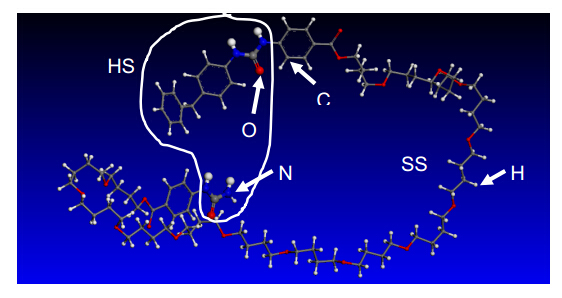
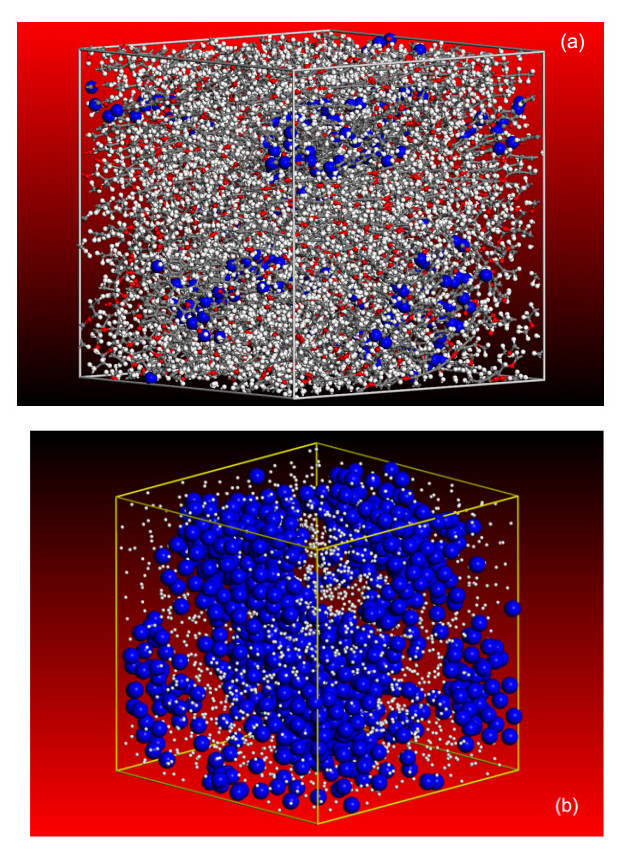
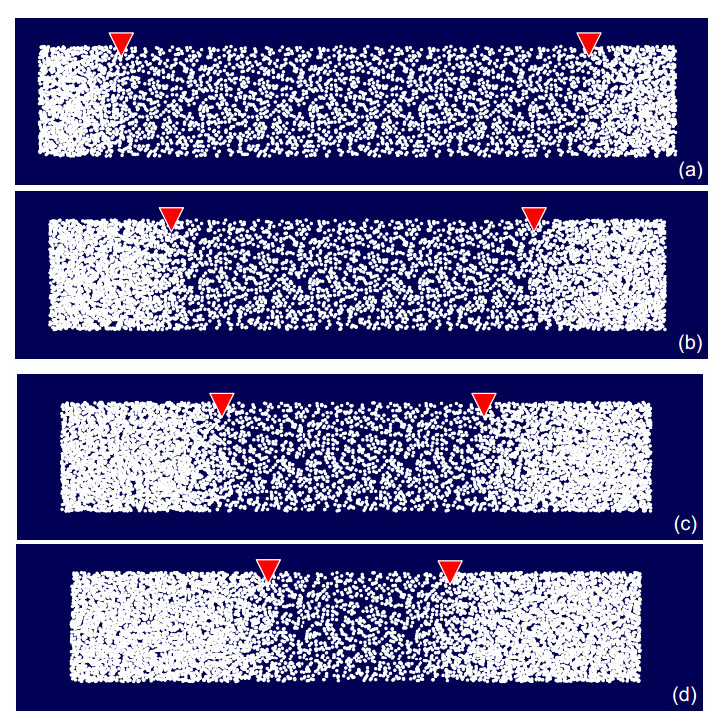
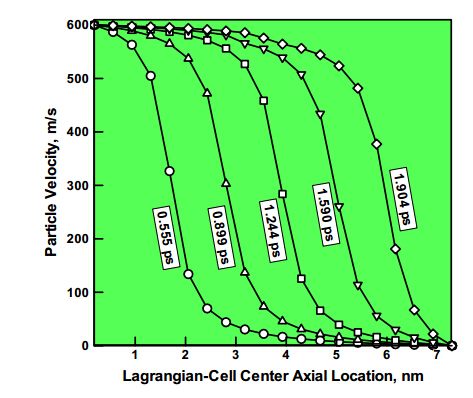
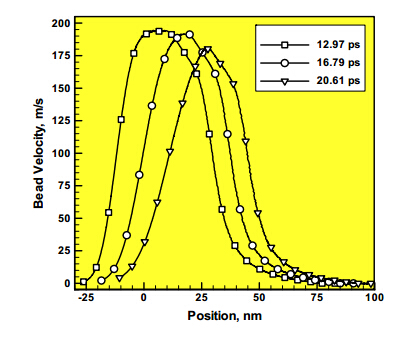
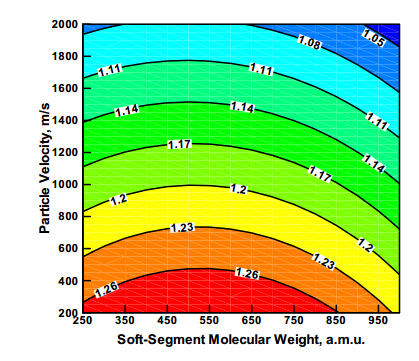
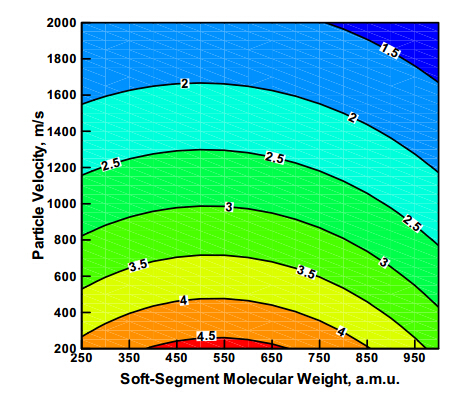
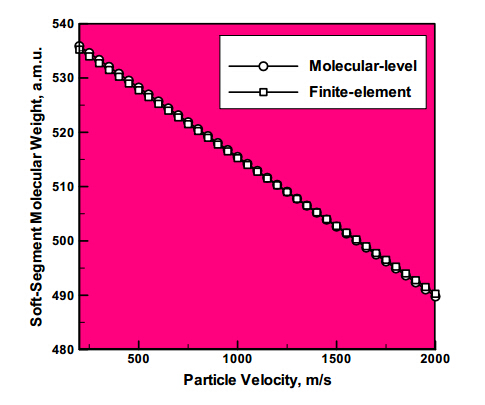


 DownLoad:
DownLoad: